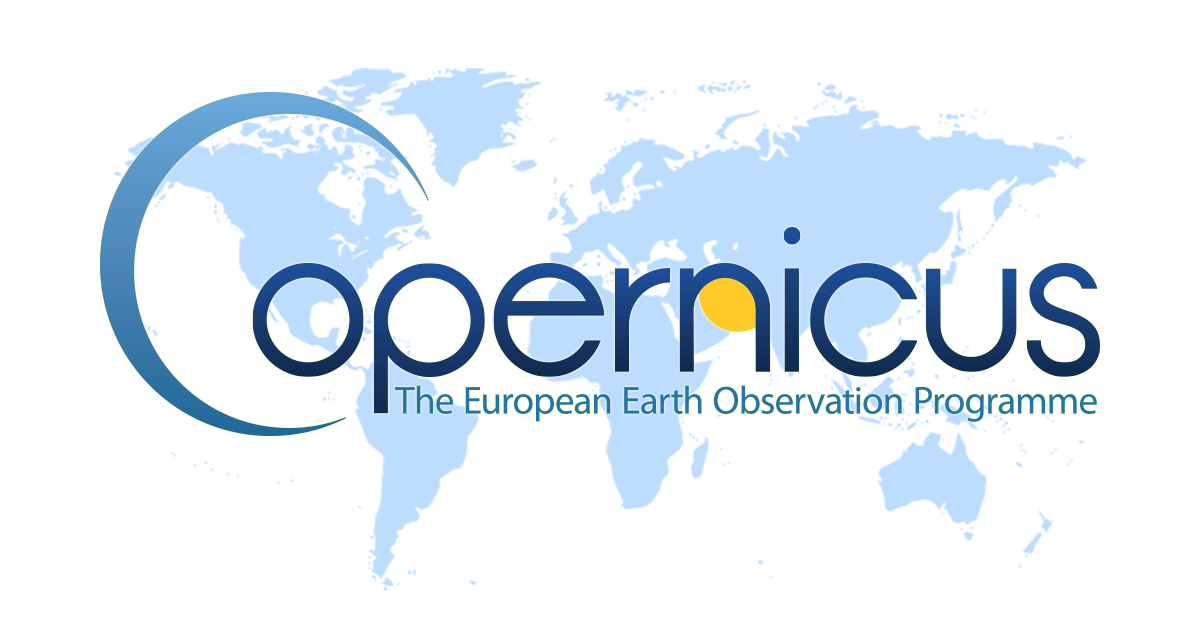The thesis was successful in meeting the set objectives of demonstrating the applicability of Copernicus data in devising solutions to the Sustainable Development Goals. 15 thematic image maps depicting the selected SDG topics were designed and compiled by utilizing the data from five of the Copernicus services. The image maps were subsequently transformed into five sets of different cartographic information products: A4 handy maps, A3 large maps, A2 posters, web maps and animations, each of these oriented towards a specific purpose and target audience. A unique concept of geovisualization was implemented by utilizing these formats to effectively communicate the mapped information to each group of target audience.
The application of multidimensional analysis on Copernicus data facilitated in detecting meaningful trends, patterns and interlinks that occurred in the datasets. This was useful for deciding which data of what location and which time period was more appropriate for mapping the selected SDG topics. The analysis of temporal profile of variables enabled the study of change in distribution of values over a time period. Multidimensional tools were also helpful in creating map animations where the data frames of the subsets and aggregations of different variables were used to visualize the temporal change in distribution of data. Such analysis can play a pivotal role in the routine monitoring of SDG indicators, thereby helping to track their progress by determining whether we are moving towards the goal or away from it.
The research has successfully fulfilled the geospatial information requirements pertaining to the measurement and monitoring of the selected SDG targets and indicators. The use of image maps in SDG context proved to be a decent approach in mapping the selected topics. The image and symbol components of the designed thematic image maps perfectly complemented each other, and allowed for overcoming the limitations of one component by the other and vice versa. Proper harmonization of image and symbol components enabled better visualization and effective communication of the mapped phenomena to the intended audience.
The research has revealed the potential of Copernicus data in supporting solutions to selected SDGs. This has allowed for the enhancement of accessibility, availability, and utilization of Copernicus as a free and open-source earth observation data, with a view to foster sustainability at a planetary level. The thesis has offered a holistic approach in integrating earth observation and cartography for managing the SDGs, thereby highlighting the crucial role Copernicus data can play in evidence-based decision making in the SDG context. The research outcomes will serve to assist the policy makers in informed decision making and effective policy formulation with a rationale that an incremental progress towards the SDG targets will be achieved in due course of time.
 COPERNICUS DATA IN SUSTAINABLE DEVELOPMENT GOALS USING IMAGE MAPS
COPERNICUS DATA IN SUSTAINABLE DEVELOPMENT GOALS USING IMAGE MAPS 
